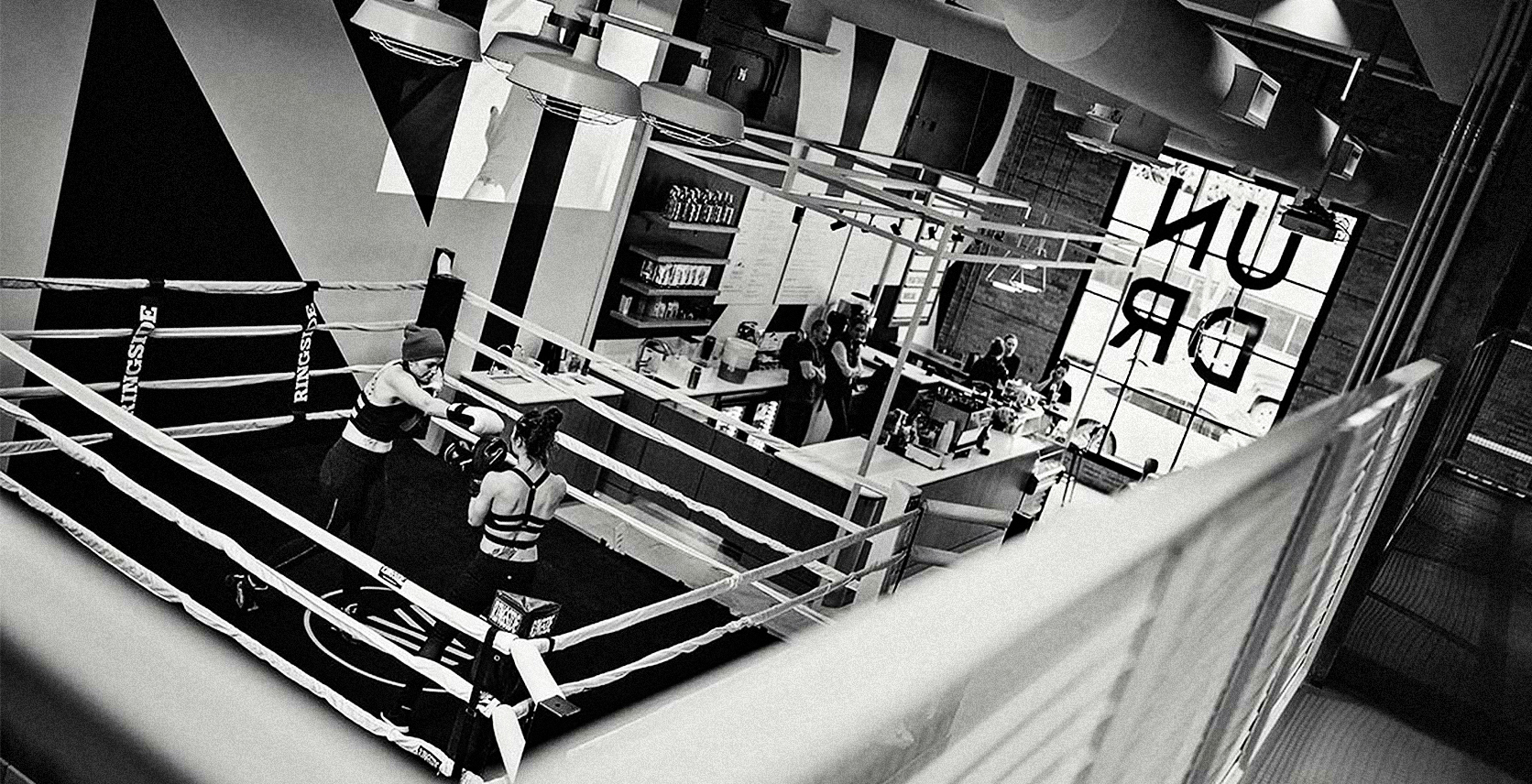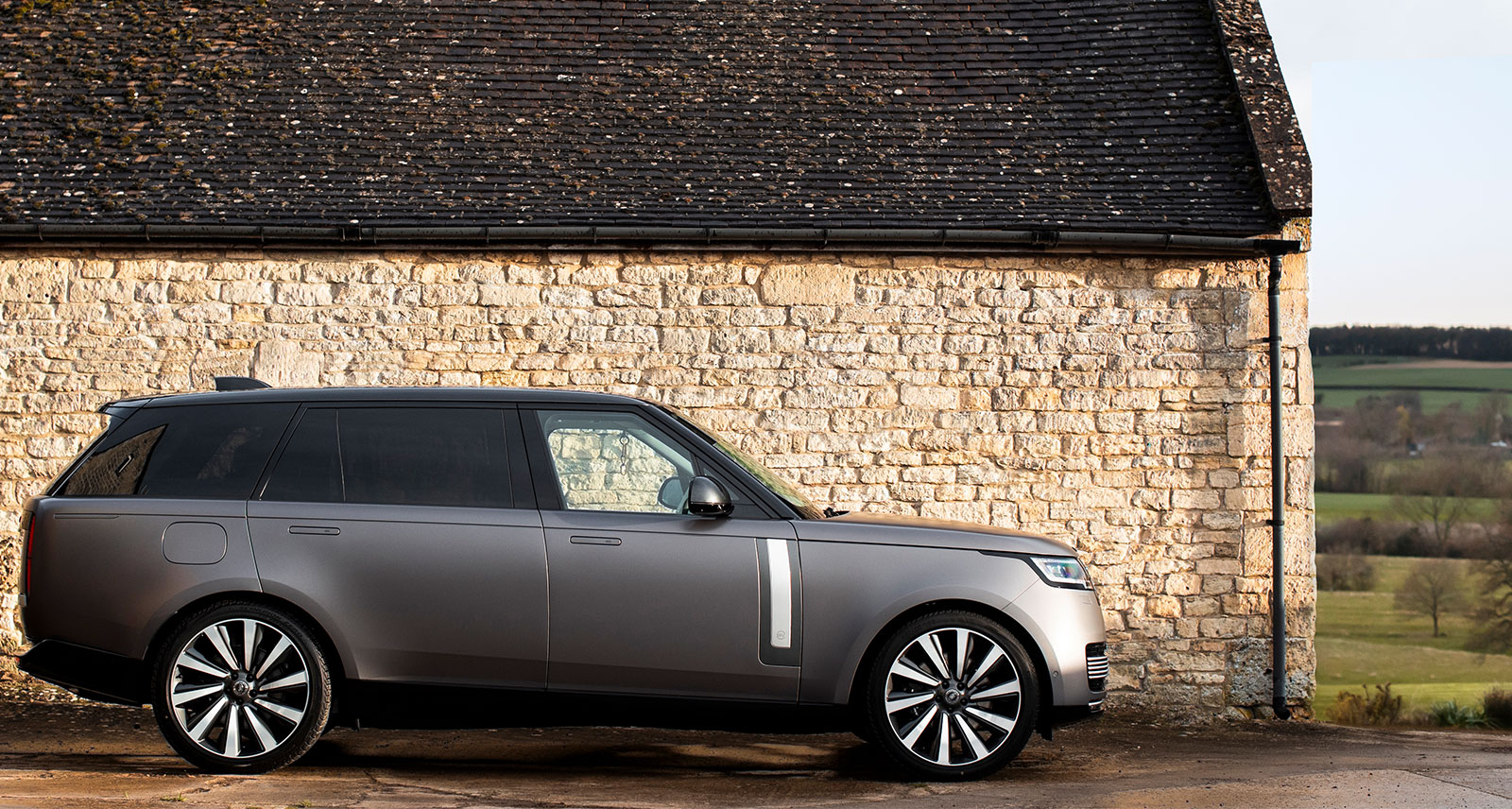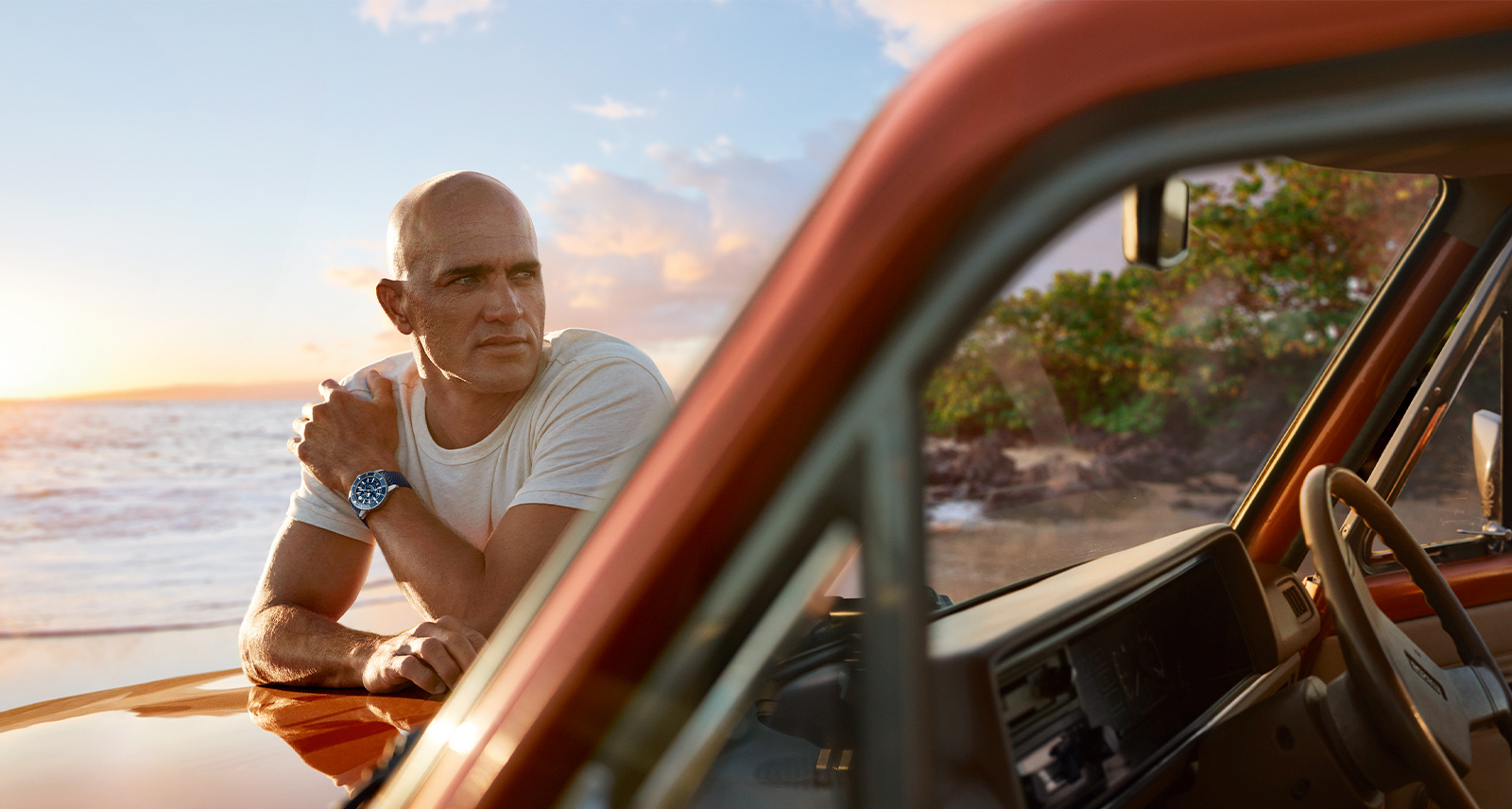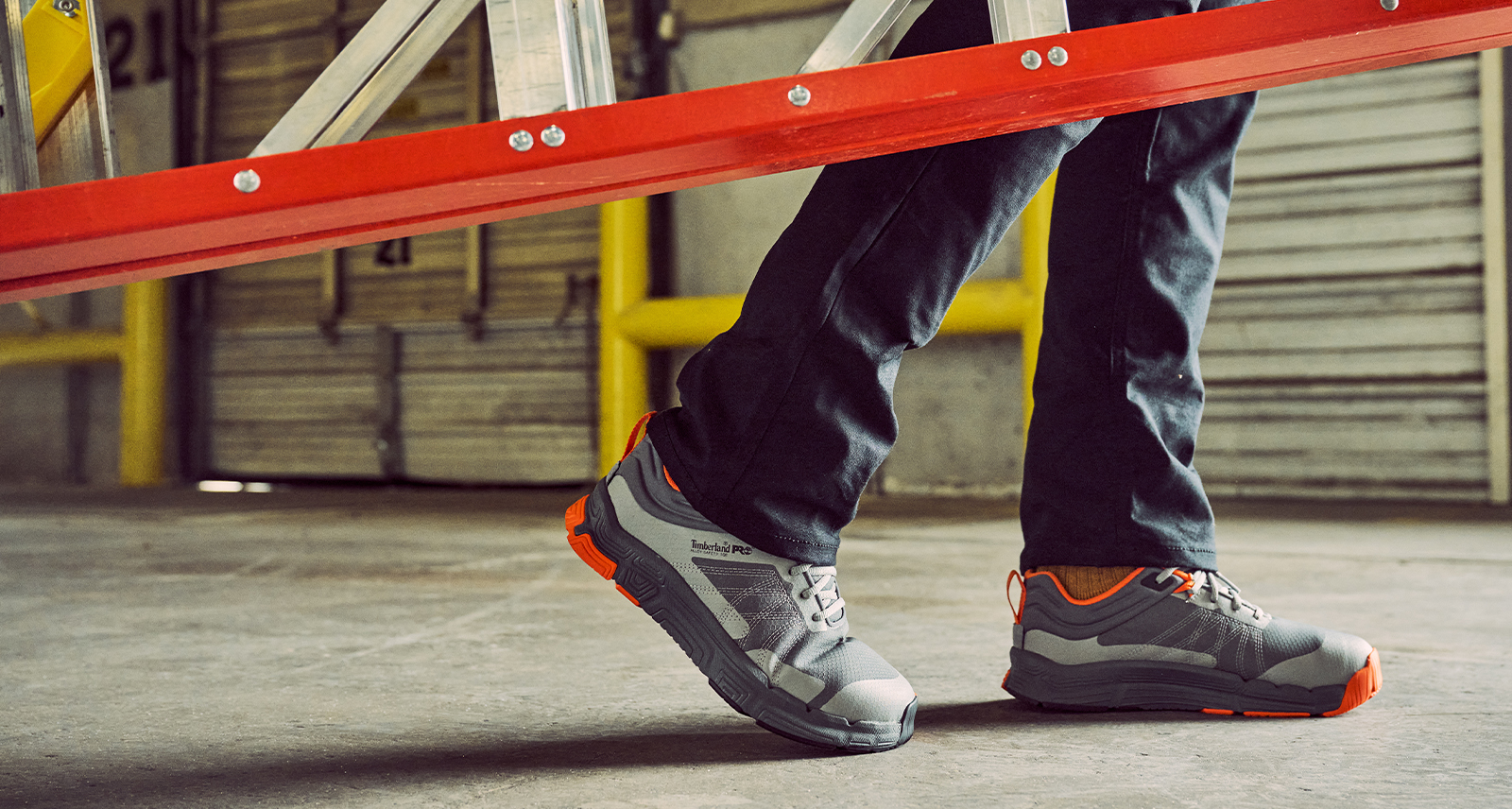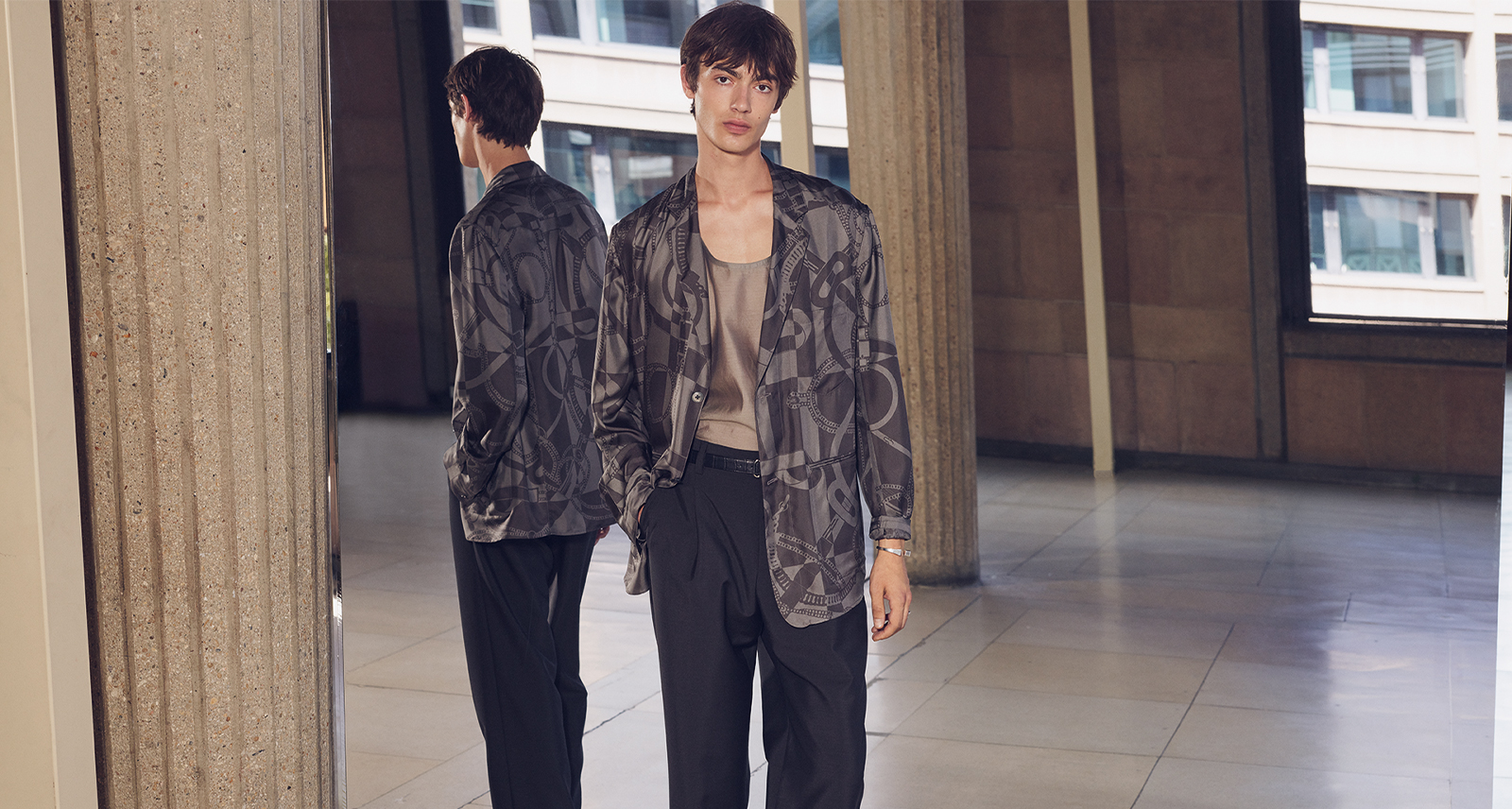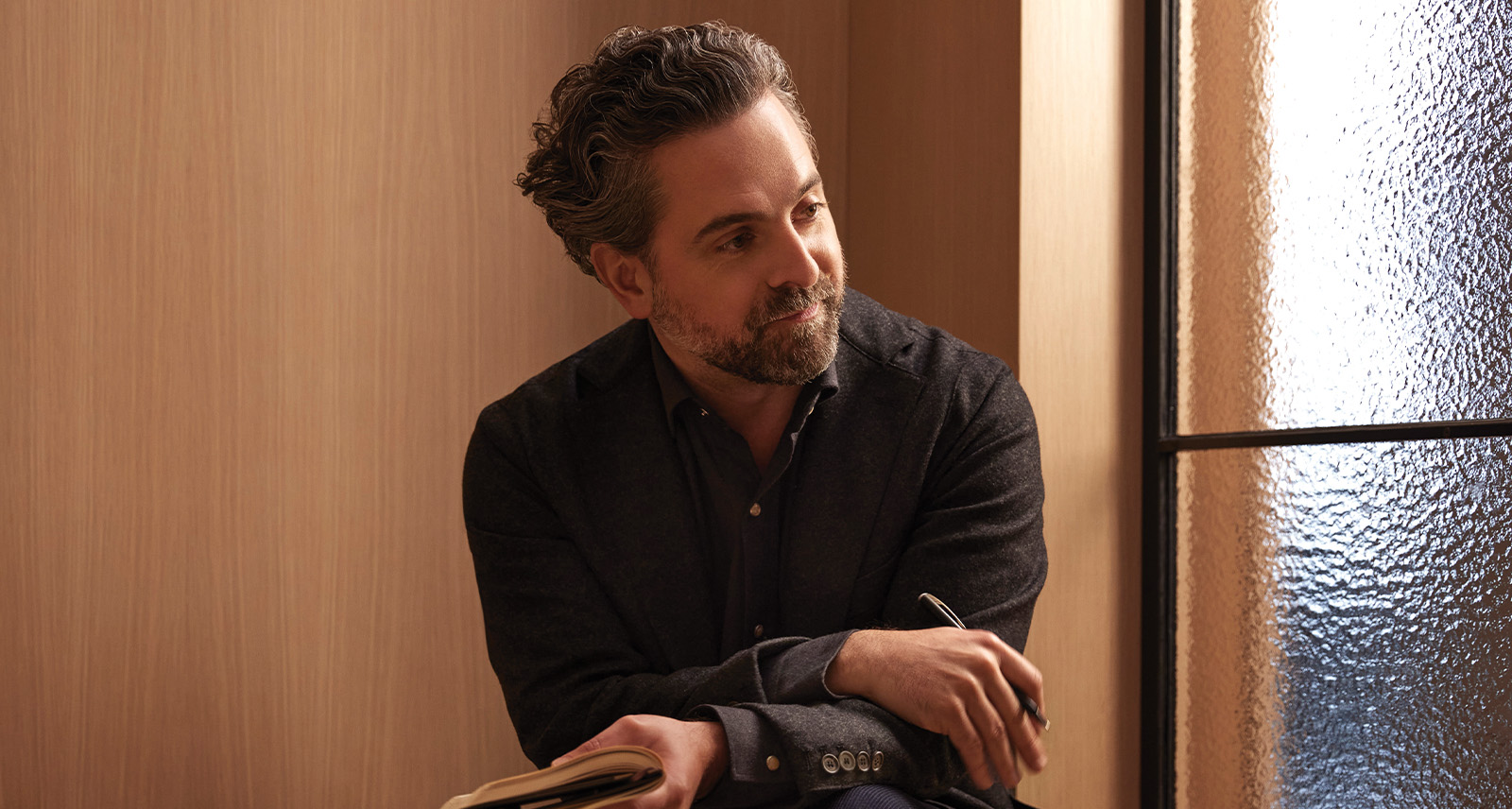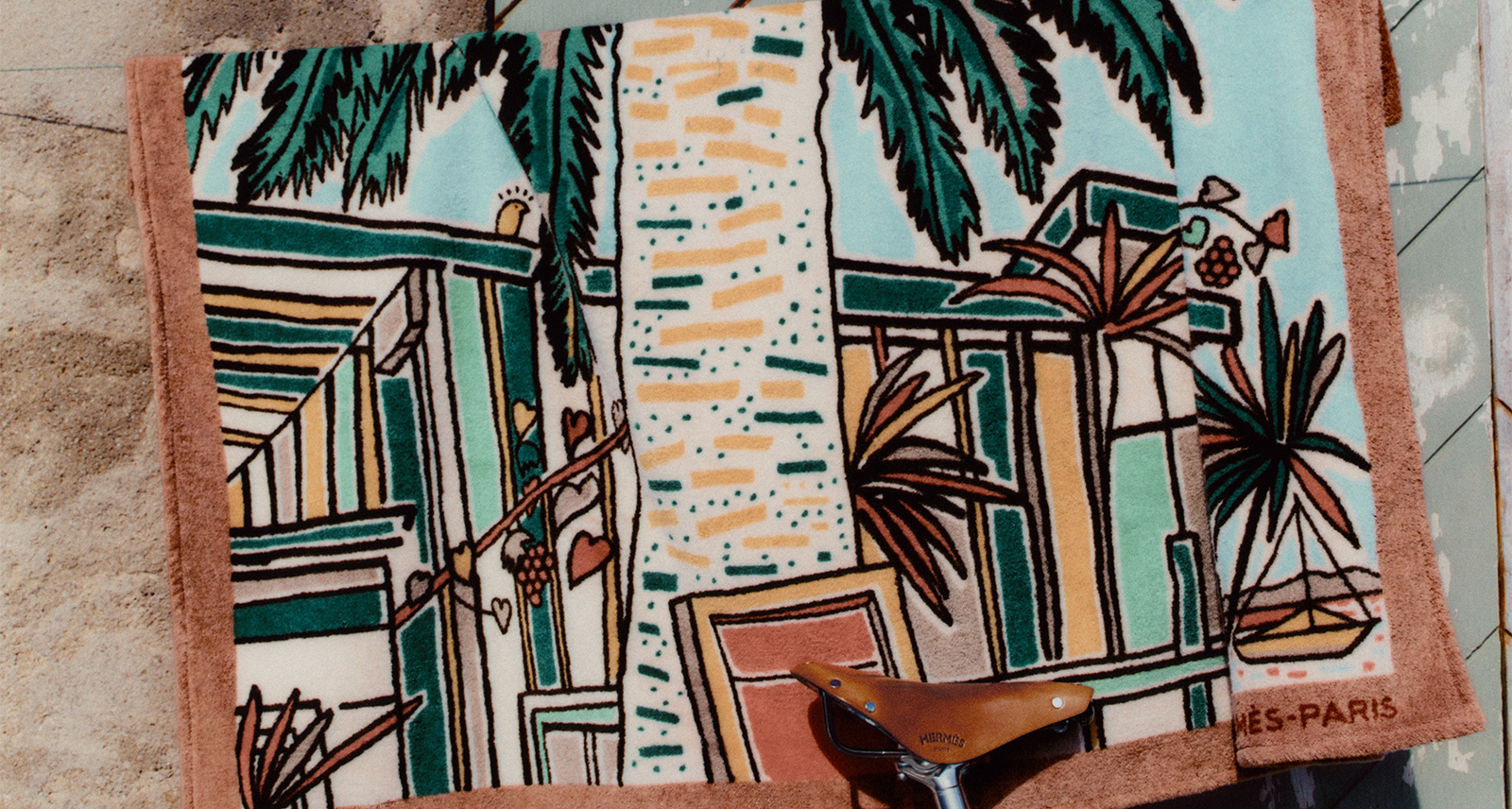A New Breed of Boxing Gyms Will Get You Ripped — Without a Black Eye
This is my first time at Commonwealth, a nightclub just south of Calgary’s vertiginous downtown, during daylight. It’s also the first time in a decade that I’ll be boxing. I trained for years at different gyms, first in Vancouver and then Calgary, in my early twenties. I was forced to hang up my gloves after a snowboarding injury messed up my shoulder. Despite my forced retirement, whenever I’m stressed or excited, I still throw impromptu living room shadow boxing sessions. Those thousands of punches I threw while training somehow still bristle at the surface of my muscle memory.
Boxing made an indelible impression, so I’m here to check out a modern spin on the ancient sport. Undrcard, one of three new boutique boxing studios starting up in Calgary this fall, organized this Saturday morning pop-up workout to build hype for their grand opening in December. Three instructors on stage face the crowd, the majority of whom are clad in sports bras and tank tops. I tuck myself into the back left corner of the dancefloor with a sinking feeling that I’m in for a thinly disguised aerobics class. The deejay drops the beat and a hundred strangers start jabbing the air in unison.
Following on the heels of cycling, yoga, ballet, rowing and even surfing, boxing is the latest sport to be transmogrified into a group fitness model. What started in New York at gyms like Gotham and Aerospace has spread across the US and Europe with studios like Rebel1 in London and The Battling Club in Paris, and finally hit Canada with clubs like Rumble, Undrcard and The Sweat Science in Calgary.
Throwing punches — recruiting every major muscle group to deliver maximum power through clenched fists — is immensely cathartic.
It’s no surprise that boxing is having a return to form. Jamie McCartney works for the Canadian Sports Institute as the strength and conditioning coach for the Men’s Canadian World Alpine Ski Team and National Water Polo Team. He’s also the technical trainer at Undrcard and architect of their workout. “Since the dawn of time, military have been using combative sports to develop overall total body strength,” says McCartney, who learned to box through a mixed martial arts background that includes kickboxing, judo, karate, and jiu-jitsu.
“All of your muscles are active from head to toe and then you’re learning how to coordinate movement and building motor-skills,” says McCartney. Boxing builds overall fitness: decreased resting heart rate, increased overall heart stroke volume, improved circulation and a boost in cer- tain hormones, including testosterone.
With sweat wicking off my elbows and pooling on the hardwood floor, we bust out one last combination: a chorus of lefts, rights, crosses, and uppercuts. No doubt boxing purists would cringe, but I found the workout exhilarating. Boxing is girded by a powerful metaphor: life as a fight. We can all imagine the heavy bag standing in for some adversary, whether that’s a person or an idea. Throwing punches — recruiting every major muscle group to deliver maximum power through clenched fists — is immensely cathartic. Even though you’ll never trade punches in a ring, boutique boxing’s immersive nightclub atmosphere reinforces the sport’s metaphorical dimension. A palpable level of camaraderie had swept through Commonwealth.
I slap high fives with the guy to my right. “Did you feel that?” asks Alex Ghabguidi. “The group energy is awesome.” Ghabguidi plans on making boxing a weekly fixture in his workout regime. Turns out he’s a world-class sprinter who won three gold medals at the Americas Masters Games in Vancouver in August and is training for an international competition in Daegu, South Korea this March. I never saw guys like him in my old boxing gyms, tucked away in the seedy parts of town. Which is probably for the best: I think he probably could’ve taken me.
Boxing 101
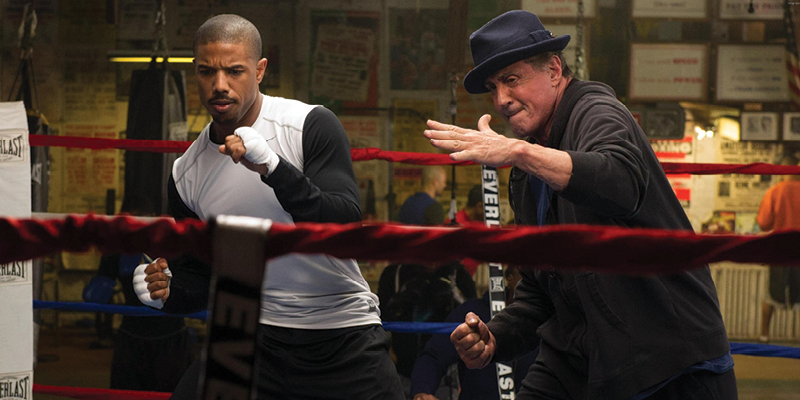
Expert advice from Conrad Corbiere, the former competitive kickboxer and current director of operations at Rumble.
Don’t Hurt Yourself
“If you’re off balance, you don’t control where your weight goes and all that force ends up going through your hand at a funny angle. That’s when injuries happen. And keep your fists clenched on impact. When you hit with a lot of force, but the structural support isn’t there, your wrist will fold on impact and that hurts like crazy.”
Jab and Cross
“Jab and cross should come straight from your cheek to the bag and then back to your cheek again. You should be hitting with your middle knuckle. Both punches should hit the same spot.”
Hooks
“These are shorter range punches. Keep your palm in so your thumb’s up, kind of like you’re holding a beer mug. Because the punch is coming around and finishes coming in towards you, you want a little bit of a bend in your wrist inward.”
What You’ll Need
A co-founder and instructor at Undrcard, Joanna “Magik” Majcherkiewicz has never won any Golden Glove tournaments, but don’t let that fool you. She knows her stuff. And besides, as she explains, boxing is a low maintenance sport. “You could wear jeans and a leather vest if you want,” she says. “That’s called 2 a.m. boxing after too many drinks.” However, there are some key components worth investing in if it’s going to become a part of your exercise routine.
Shoes

I used to wear my basic Nikes. I was even wearing my Air Maxes, but they still rubbed on the balls of my feet,” says Magik, adding that boxing shoes make a big difference in terms of overall agility. The higher profile and robust lacing system grips the shoe snugly to the foot. You have to seek out a specialty fight-gear store for shoes, which range from $70 to $110.
Hand Wraps
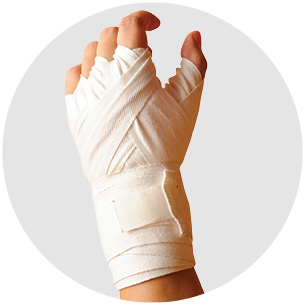
You can buy slip-on wraps, but Magik recommends the traditional, long-strand style. They’re cheaper and provide more flexibility in terms of protection. Wrapping your hands before a workout also becomes a satisfying ritual. Handwraps are between $5 and $10.
Gloves
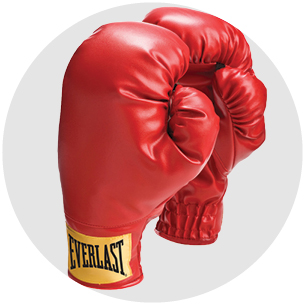
“The general guideline is that you choose your glove based on your body weight,” says Magik. If you’re stronger and you’re hitting the bag harder, you want to go with a 16-ounce glove. Everyone could use 12-ounce gloves, but people that hit hard are going to pound through the padding quicker. Decent ones run $40 to $130.
